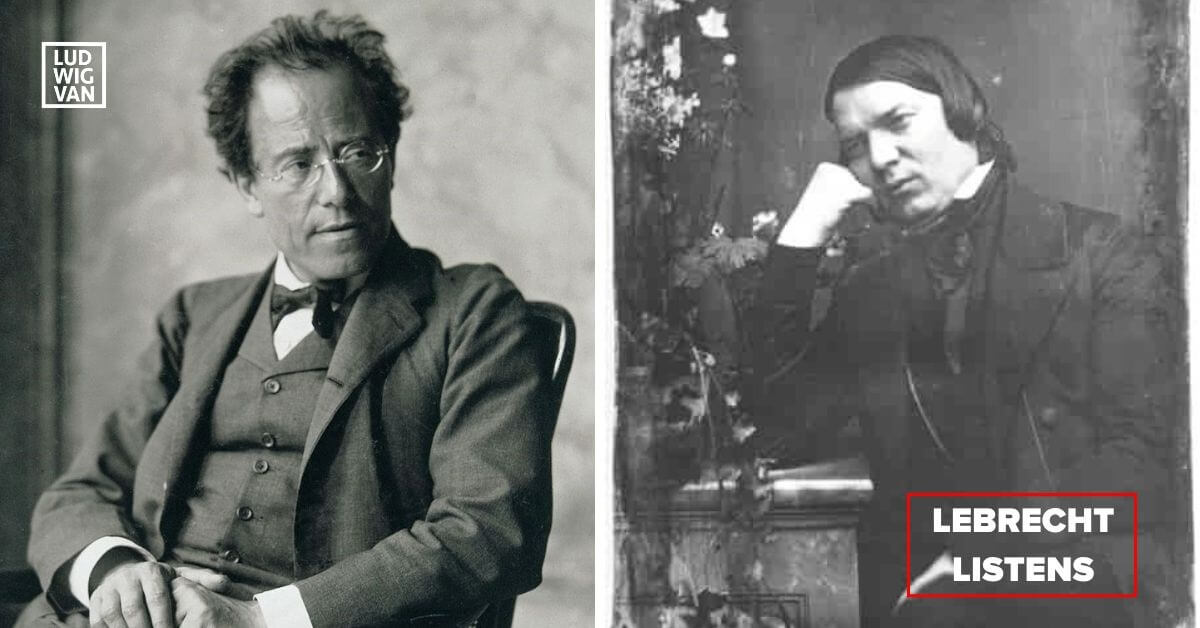
R. Schumann: Symphonies Nos. 1 & 2 (re-orchestrated by G. Mahler) (Naxos)
★★★★☆
The symphonies of Robert Schumann are vastly influential and infrequently performed. There are problems with some of the instrumental writing, but the main impediment is the lack of a big tune that folks could hum on their way home. Schumann does large themes, not big tunes. Here and there (in the opening movement of the first symphony, for instance) they are large enough to be portentous, only to sound pretentious on repetition. Of the four symphonies, only the third has genuine audience appeal.
Still, Schumann cannot be ignored. He was a decisive influence on Johannes Brahms, who wrote four symphonies and invested each of them with a showstopper. He was also a source of fascination for Gustav Mahler, who saw the flaws in Schumann’s writing and thought he could correct them. In those days, conductors claimed the right to change music that didn’t work for them.
The first thing Mahler did was to reverse a change Mendelssohn had made to the opening fanfare, restoring it to the composer’s original pitch (Mahler must have had more faith in his trumpets). Other alterations are subtler but no less telling, both in regard to Schumann’s shortcomings and to Mahler’s ideas on how a romantic orchestra should sound. One wonders if he got the idea for his fifth symphony prelude from Schumann’s first.
Marin Alsop and the ORF Vienna Radio Symphony Orchestra give lyrical readings of the first two symphonies in Mahler’s reinstrumentation. If the middle movements lack punch, that is certainly the composer’s fault, not the performers. Brahms, too, would write amazing opening and closing movements, sometimes losing intensity in what lies in between.
Like burnt toast with the black bits scraped off, Schumann is not redeemed by Mahler’s intervention, but he is made more palatable. I’m keen to hear what happens in the third symphony, the winner in the pack.
To read more from Norman Lebrecht, subscribe to Slippedisc.com.
#LUDWIGVAN
Get the daily arts news straight to your inbox.
Sign up for the Ludwig van Daily — classical music and opera in five minutes or less HERE.
- LEBRECHT LISTENS | Two Releases Of Elgar Symphonies To Compare - April 19, 2024
- LEBRECHT LISTENS | Jordan Bak’s Cantabile For Viola Reveals The Neglected Instrument’s Beauty - April 12, 2024
- LEBRECHT LISTENS |David Robert Coleman & The Berlin Radio Symphony Orchestra Reveal The Charms Of Walter Kaufmann - April 5, 2024



